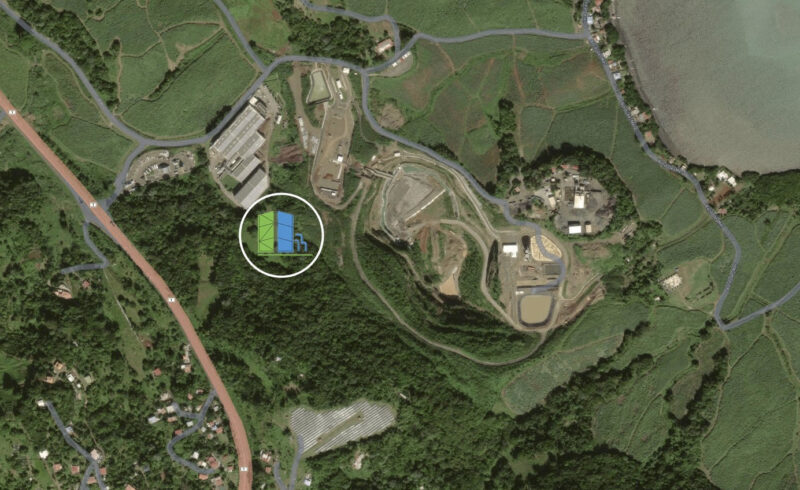
POWER Engineering’s coverage of our press release announcing the LOI signed with Valecom in Martinique.
Rod Walton | POWER Engineering | September 28, 2021

A new waste-to-energy project in the Caribbean will work to convert commercial waste into carbon-free renewable hydrogen syngas to generate electric power on the island.
California-based Ways2H Inc. and Caribbean energy and ecological firm VALECOM are signed a letter of intent to transform as much as 9,000 tons of commercial waste into hydrogen. The project will focus on H2 production for power generation on Martinique.
The island nation uses about 3,000 tons of plastic films to protect its bananas for export. WAYS2H will initially process 24 tons of commercial waste, including the plastic and furniture, per day. The conversion will take in another eight tons per day once the infrastructure is fully operational at the end of the expected 18-month construction timetable.
“This modular and multi-flow project in Martinique will set up one or more of WAYS2H’s waste-to-energy units and we intent to replicate it in other Caribbean nations,” Dominique Regis, VALECOM CEO, said in a statement.
Ways2H and its shareholder and technology partner, Japan Blue Energy, Co., developed their patented thermochemical process that converts waste at a high temperature into high-quality fuel-grade hydrogen. No partial oxidation of the feedstock takes place and the high temperature and syngas composition leave optimal conditions for the water-gas-shift reaction to obtain a hydrogen-rich syngas, from which hydrogen is separated and purified to fuel grade, the company says.
Char produced as a byproduct is collected and used as fuel with the remaining tail-gas to generate the energy needed for the thermochemical conversion of the waste feedstock, thus self-supplying the energy needed. When paired with carbon capture and storage or utilization, Ways2H’s renewable hydrogen is carbon-negative, which means it removes carbon from the atmosphere.
“What we’re seeing in Martinique is not unique to what we’re seeing across the world: local, often rural, economies that are struggling to manage increasingly diverse waste streams, heightened energy costs and job losses,” said Ways2H CEO Jean-Louis Kindler. “As we approach COP26, we see our work here, and in our projects around the world, as a critical Under embargo until September 28, 2021 at 7 a.m. ET blueprint for circular economy creation and we thank our partners like VALECOM as we work towards this mutual goal.”
The hydrogen conversion and production plant will be located near the island’s landfill (aerial photo above).
Waste-to-H2 sites are currently underway in Japan, France and Scotland and the U.S., Ways2H noted. The company is a joint venture with Japan Blue Energy and U.S.-based Clean Energy Enterprises.